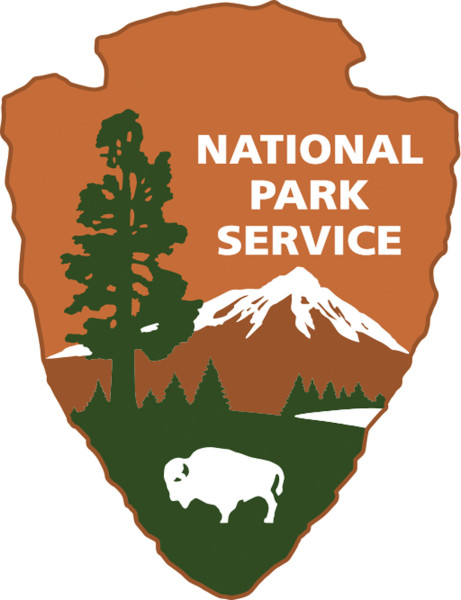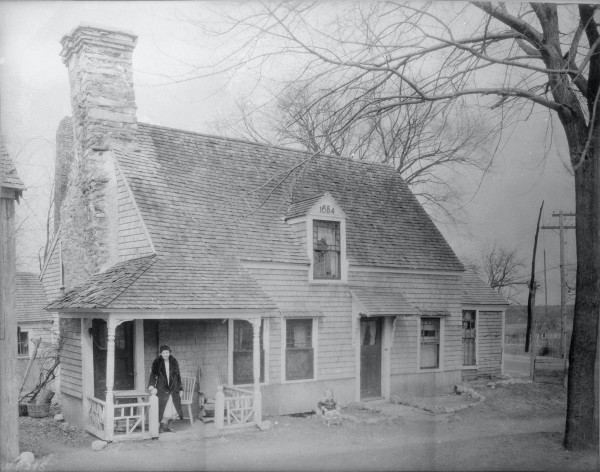The Sartains were lucky to have help from the archives during their restoration of Ancient Oaks. The Historic American Buildings Survey (HABS) had photographed and documented this property in 1933. The record proved invaluable.

HABS began during the Great Depression, in December 1933, when Charles E. Peterson of the National Park Service submitted a proposal for a thousand out-of-work architects to spend ten weeks documenting “America’s antique buildings.” HABS became a permanent program of the nps in 1934 and was formally authorized by Congress as part of the Historic Sites Act of 1935. The Historic American Engineering Record (HAER) was founded in 1969 to parallel HABS, providing for documentation of engineering works and industrial sites. In October 2000, the Historic American Landscapes Survey (HALS) was permanently established to document historic landscapes. These collections are among the largest and most used in the Library of Congress Prints and Photographs Division.
Administered through cooperative agreements with the National Park Service, the Library of Congress, and the private sector, ongoing programs have recorded America’s built environment in multi-format surveys comprising more than 581,000 measured drawings, large-format photographs, written histories, and original field notes for more than 43,000 historic structures and sites dating from Pre-Columbian times to the twentieth century.
Examples are as diverse as the Pueblo of Acoma, saltbox houses, windmills, one-room schools, the Golden Gate Bridge, and buildings designed by Frank Lloyd Wright. Buildings range in type and style from the monumental and architect-designed to the utilitarian and vernacular, including a sampling of regional and ethnic building traditions. The collection includes public buildings, churches, residences, bridges, forts, barns, mills, shops, rural outbuildings, and any other kind of structure for which there are good specimens extant. A great number of plain structures “which by fate or accident are identified with historic events” also have been documented, even if they are not architecturally significant.

Restored in 1941, a few years after the photo was taken, this house may be the most authentic surviving example of a 17th-century Rhode Island stone-ender.
G. Palmer, Historic American Buildings Survey, National Park Service, U.S. Department of the Interior, 1937. From Prints and Photographs Division, Library of Congress HABS RI,4-JONTO,1--1
Buildings and engineering structures are large objects not easily maintained or preserved once they have outlived their functional or economic usefulness. Documentation becomes an alternative means of preservation when demolition is inevitable. Documentation is also a primary tool for the stewardship of historic structures, whether for day-to-day care or as protection from catastrophic loss.
Today’s documentation is produced primarily by students pursuing degrees in architecture and in history. HABS, HAER, and HALS programs have proven to be an important training ground for several generations of architects, engineers, and historians.
continuing the tradition of the creators and keepers of these surveys, who have made them accessible through numerous catalogs and publications, the Library introduced the online HABS/HAER/HALS collections in 1997 to provide descriptions and digital access to the materials. You can find digitized images of measured drawings, black-and-white photographs, color transparencies, photo captions, written history pages, and supplemental materials.
The online catalog is available for full keyword searching by name, features, building type, and so forth. Material in these collections is generally considered to be in the public domain.







